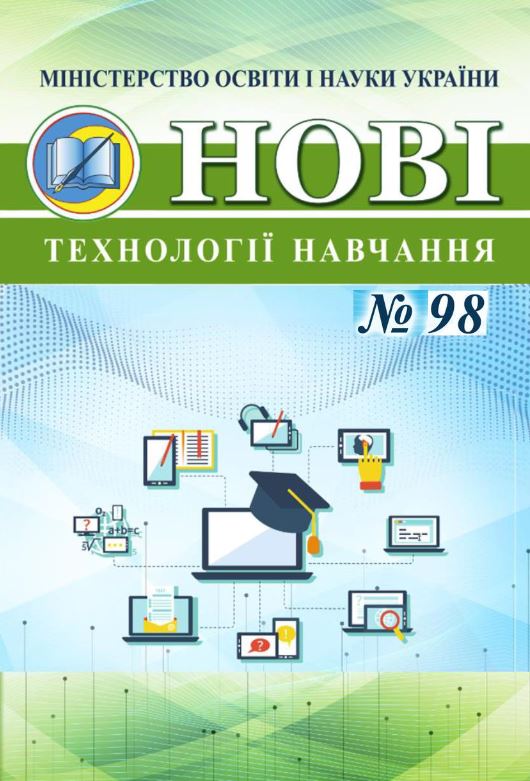Formation of social mobility as a segment to the digitalization of modern education
DOI:
https://doi.org/10.52256/2710-3560.98.2024.98.14Keywords:
mobility, educational digitalization resources, social mobility, digital competence, digitalization of modern educationAbstract
The problem of the formation of social mobility as a segment of digitalization of modern education in Ukraine is considered. Attention is focused on the social mobility of future social work specialists as a tool for the development of modern digitalization in education. Progressive information and communication and digital technologies are singled out. It was established that modern information technologies are designed to improve existing and create new opportunities for communication in the field of education. The structure of social mobility is generalized through the prism of criteria (personal, instrumental, procedural) and relevant indicators. The advantages of digitalization of modern education for the formation of social mobility of future social work specialists have been revealed: personalization, interactivity, subculture. The information is summarized that the social mobility of future social work specialists, as a segment of the digitalization of modern education, actualizes multi-vector, interactivity, quality, efficiency and competitiveness of future workers in the social sphere.
Downloads
Published
How to Cite
Issue
Section
License
Copyright (c) 2024 Світлана Крупко, Микола Ястребов

This work is licensed under a Creative Commons Attribution-NonCommercial-ShareAlike 4.0 International License.
Із зазначенням авторства - Некомерційна - Розповсюдження на тих самих умовах 4.0 (CC Attribution-NonCommercial-ShareAlike 4.0)







